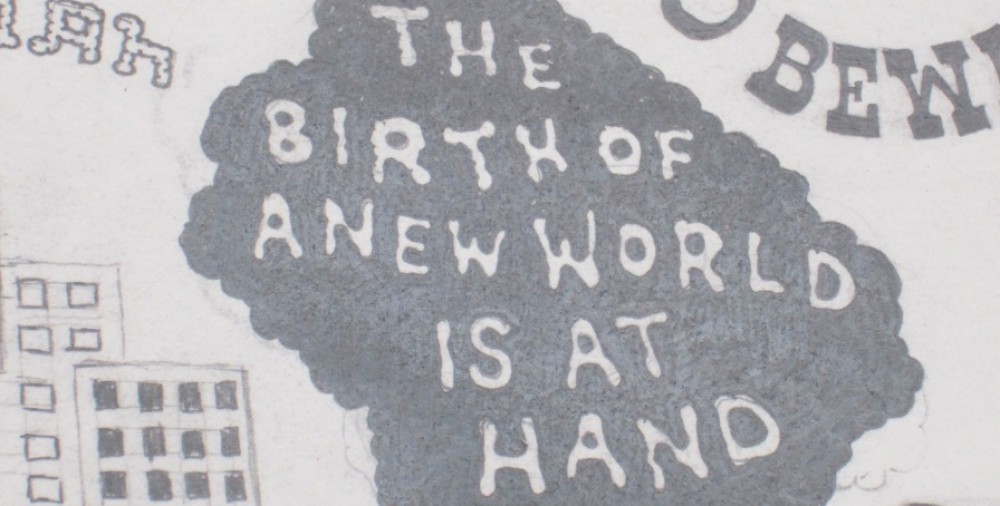Upon reading We by Yevgeny Zamyatin I observed that they gave huge value and importance to logic and math. They considered this to be the essence to their society and their actions, to the point that they it is worshiped and respected and anything seen without the intervention of mathematics is seen as filthy “Hence you see how the great power of logic purifies everything it touches” (Zamyatin 22). Even a simple and natural action such as sex is controlled through numbers and math such as the Table of sexual days. On the top of page 22 we see how society controls the people and we also see the presence of the Table, which originated from the Sexual Department and they go through a whole numerical process in which they determine the sexual days. The narrator (D-503) also compares sex/pink slips to a shape, and this shape being a square. The square signified equality (such as the 4 angles being equal and the 4 sides equal in length) and tells us the reader how this can cause confusion “Take the pink coupons for example [..], to me, this is as natural as […] the square” (Zamyatin 20). By Zamyatin stating this, and making it feel as if it was a face to face conversation and stating his entries to me caused it to seem more realistic.
D-503 even mentions how math, specifically algebra has solved the issues faced by the world such as hunger. “Naturally, having conquered Hunger (algebraically)” (Zamyatin 21) shows how they consider their ability to solve major issues such as hunger as not a big deal. This once again proved how mathematics is considered above everything and is seen as progression and valued in the Once State.
There is also a vast amount of examples of standardizations throughout the One State such as everyone marching with their uniforms “thousands of numbers, in pale blue unifs” (Zamyatin 5). Even the concept of time is seen very exact “In half a minute she’ll be here, for our daily walk” (Zamyatin 5) by this Zamyatin shows how every detail is very important, down to the second and how the people follow a routine.
Another aspect which took me by surprise was how the individuals in the story are not given names, but rather numbers/letters such as D-503 whom is the builder of the Integral, or I-330. So far as I see it, it seems that there isn’t much of personal identity. Since instead of names they refer to each other by numbers or letters, which to me it makes me think that they try to make a separation and sense of self and see each other as objects. While reading this book I kept on thinking of “Brave New World” by Aldous Huxley, one difference that I noticed was that so far in this book not everyone knows each other “on my right, two numbers I did not know, male and female” (Zamyatin 5), yet in Huxley’s work we observed how many of the characters knew each other due to the promiscuous relationships.



